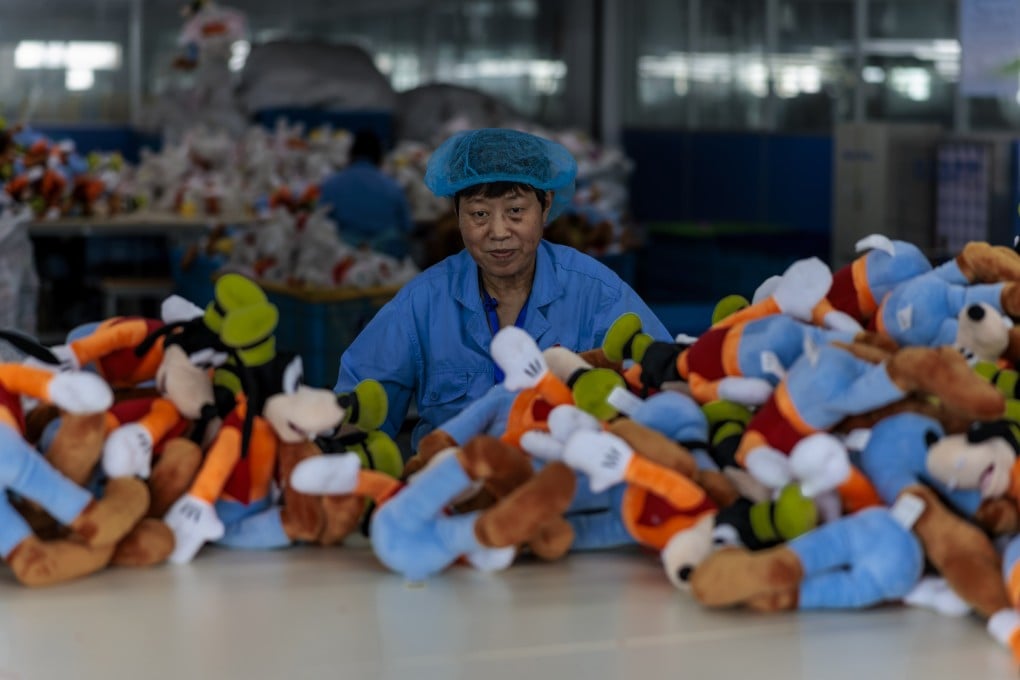Advertisement
India’s toy industry poised to challenge China as New Delhi readies new subsidy
- The Indian government will ‘very soon’ announce a scheme to subsidise the local toy industry, further shrinking China’s share in the domestic market
- India’s toy imports have declined by more than 70 per cent in the past three years, while exports have jumped by 61.3 per cent over the same period
Reading Time:4 minutes
Why you can trust SCMP

A new government initiative promises to help Indian toymakers scale up production capacity to compete internationally, further shrinking China’s share in the domestic market.
The Indian government will “very soon” announce a Production Linked Incentive (PLI) scheme for the toy industry, with a proposed outlay of US$424 million, said Ajay Aggarwal, president of the Toy Association of India.
“We have appointed a committee for consultation with the government to finalise the PLI draft,” said Aggarwal.
Advertisement
The scheme would last for five years and subsidise the sale of toys by manufacturers in the country.
Manufacturing has now moved in three other directions – Mexico, Vietnam and India
India’s toy industry has been a rare bright spot in the country’s drive to cut import reliance on China in recent years. New Delhi has implemented various policies to reduce dependence on Chinese goods and boost local manufacturing, while taking advantage of Western efforts to diversify from the world’s No 2 economy.
Advertisement
Advertisement
Select Voice
Choose your listening speed
Get through articles 2x faster
1.25x
250 WPM
Slow
Average
Fast
1.25x